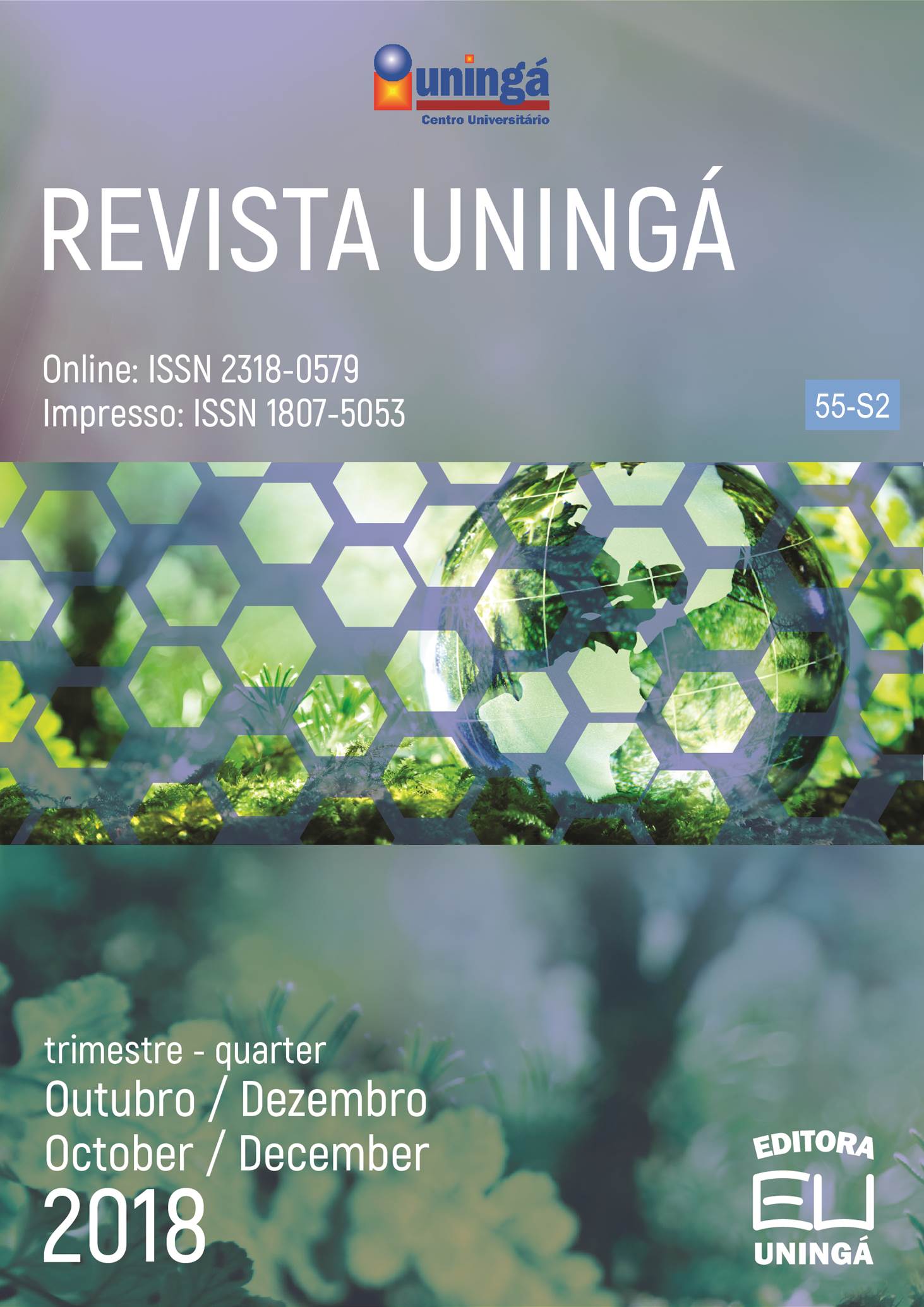ESTUDO COMPARATIVO DE DOR PÓS OPERATÓRIA EM PACIENTES COLECISTECTOMIZADOS ATRAVÉS DA INCISÃO DE LENNANDER VERSUS KOCHER
DOI:
https://doi.org/10.46311/2318-0579.55.eUJ2596Palabras clave:
Colicistectomia, incisão de Kocher, incisão de LennanderResumen
RESUMO
A colecistolitíase é uma das doenças mais comuns do aparelho digestivo, e constitui um importante problema de saúde nos países desenvolvidos. A escolha da incisão, em princípio, se resume na opção pelas incisões longitudinais, transversais, oblíquas ou combinadas, dependendo da preferência da escola cirúrgica e da maior experiência pessoal do cirurgião. Esse trabalho tem como objetivo, identificar as diferenças existentes entre as técnicas de incisão laparotômicas (KOCHER e LENNANDER) no quesito dor, no pós operatório imediato e no 1º dia de pós operatório de uma colecistectomia. O modelo de pesquisa adotado para o desenvolvimento deste trabalho foi observacional do tipo coorte retrospectivo. A amostra populacional estudada foi diagnosticada previamente com colecistite, com inflamação da vesícula biliar causada por litíase, com indicação de tratamento cirúrgico, no período entre fevereiro de 2016 a fevereiro de 2017. Conclui-se que a colecistectomia através da incisão de Kocher ou Lennander apresentam uma preservação do músculo reto abdominal, mostrou ter boa via de acesso à cavidade abdominal, sem grandes prejuízos para o procedimento cirúrgico. O maior benefício destas abordagens foi um pós-operatório minimamente doloroso e com menos complicações.
Palavras-Chaves: Colicistectomia, incisão de Kocher, incisão de Lennander.
Descargas
Descargas
Publicado
Cómo citar
Número
Sección
Licencia
I declare/we declare that the text submitted here is original, of my own authorship and does not infringe any type of third party rights. The content is my/our sole responsibility. Possible research involving animals and/or human beings is in accordance with Resolution 196/96 of the National Health Council and its complements. I declare that I am/we are in possession of the written consent of patients and that the research and its procedures were timely and adequately approved by the Ethics Committee of the institution of origin. We further declare that all institutional affiliations and all sources of financial support for the work are duly informed. I certify that there is no commercial or associative interest that represents a conflict of interest related to the submitted work. If there is commercial interest, in addition to the technical and academic ones, in the publication of the article, the information will be reported during the text.



































